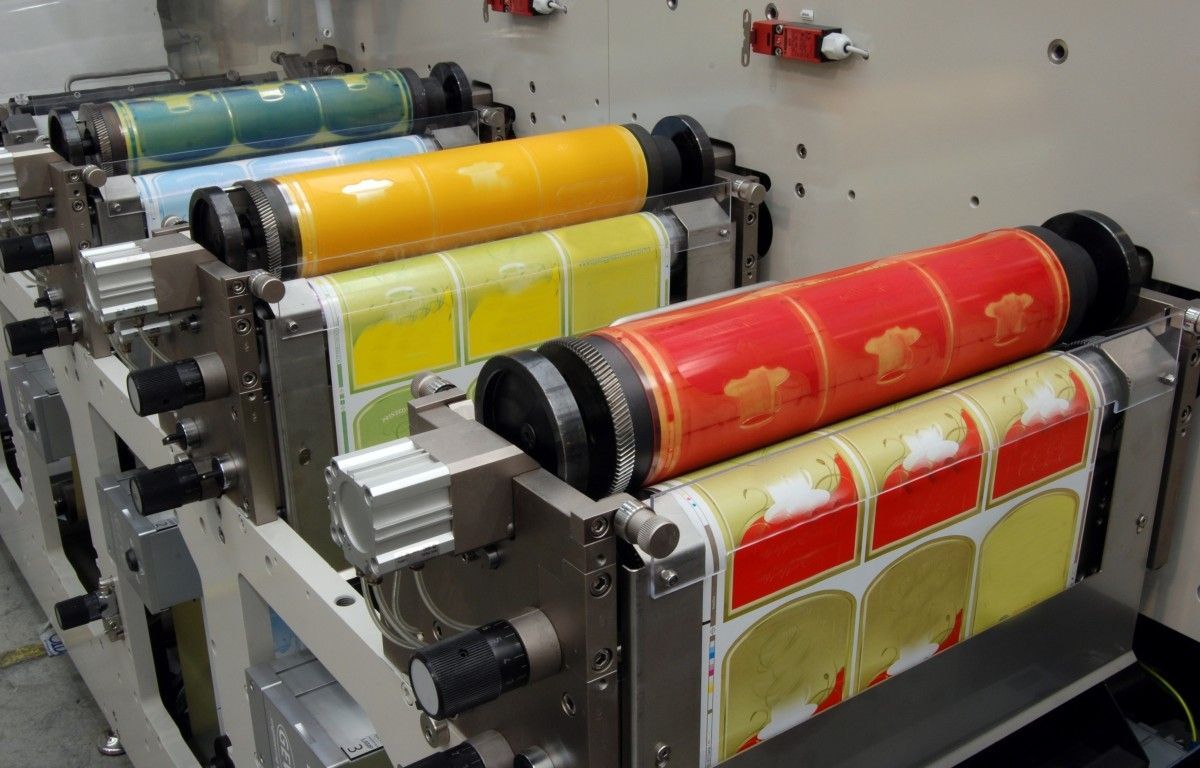The ROI of flexographic printing is an essential consideration for businesses in the printing industry. As companies strive to maximize their returns on investment, understanding how flexographic printing offers a competitive advantage is crucial. With its cost-effectiveness and efficiency, it provides significant benefits to businesses looking to optimize their printing processes.
Flexographic printing, or flexo, is a popular printing method known for its versatility and high-speed production capabilities. The ability to print on various materials, including paper, plastic, and metallic films, makes it a preferred choice for many industries. So, how does this translate into a positive ROI? Let’s delve deeper into the factors that contribute to the ROI of flexographic printing.

Understanding Flexographic Printing
Before we explore the ROI, it’s important to understand what flexographic printing entails. Flexography is a form of rotary printing where ink is transferred from flexible rubber or plastic plates to the substrate. Known for its quick drying times and ability to print on diverse materials, flexographic printing is widely used in packaging, labels, and newspapers.
For a comprehensive overview of flexographic printing, you can visit this detailed guide.
Cost-Effectiveness of Flexographic Printing
One of the primary reasons for the high ROI of flexographic printing is its cost-effectiveness. The initial setup costs for flexographic printing can be higher compared to other printing methods. However, once the plates are created, the production costs decrease significantly with each print run. This makes flexography particularly economical for large production volumes.
Speed and Efficiency
Another factor contributing to the ROI of flexographic printing is its speed and efficiency. Flexographic printing presses can run at high speeds, making them ideal for bulk printing jobs. The quick turnaround times not only enhance productivity but also reduce labor costs, further boosting the ROI.
For more insights on optimizing speed in flexo printing, check out this article.
Quality and Versatility
Flexographic printing is renowned for its quality and versatility. It can produce high-quality prints on a variety of substrates, including non-porous materials. This flexibility allows businesses to cater to different client needs, enhancing customer satisfaction and loyalty, which is crucial for long-term ROI.
Environmental Benefits
In addition to its economic advantages, flexographic printing is also environmentally friendly. The use of water-based inks reduces harmful emissions, aligning with the growing trend towards sustainable practices. This not only helps in reducing environmental impact but also attracts eco-conscious clients, further improving ROI.
Maintenance and Upkeep
Regular maintenance of flexographic printing presses is essential for maintaining their efficiency and longevity. Proper upkeep minimizes downtime and ensures consistent print quality, directly influencing the ROI. For practical maintenance tips, visit this resource.
Technological Advancements
The continuous advancements in flexographic printing technology have further enhanced its ROI. Innovations such as digital plate making and automated press controls have improved print quality and efficiency. These technological strides have made flexographic printing more competitive, leading to better returns on investment.
Plate Making in Flexography
Plate making is a critical aspect of flexographic printing. The quality and durability of the plates directly affect the print quality and production costs. Investing in advanced plate-making technologies can significantly enhance the ROI by reducing waste and improving print consistency. Learn more about plate making in this detailed guide.
Reducing Bar Marking
Bar marking is a common issue in flexographic printing that can affect print quality. Implementing strategies to reduce bar marking can enhance print reliability, thus improving the ROI. For tips on minimizing bar marking, refer to this article.
Conclusion
The ROI of flexographic printing is influenced by several factors, including cost-effectiveness, speed, quality, and technological advancements. By understanding and optimizing these elements, businesses can significantly enhance their returns. In an ever-competitive market, flexographic printing offers a reliable, efficient, and sustainable solution for businesses looking to maximize their ROI.

FAQ Section
What industries benefit most from flexographic printing?
Industries such as packaging, labels, and newspapers benefit significantly from flexographic printing due to its versatility and cost-effectiveness.
How does flexographic printing contribute to sustainability?
Flexographic printing uses environmentally friendly water-based inks, reducing harmful emissions and aligning with sustainable practices.
What are the latest technological advancements in flexographic printing?
Recent advancements include digital plate making and automated press controls, which improve efficiency and print quality.






